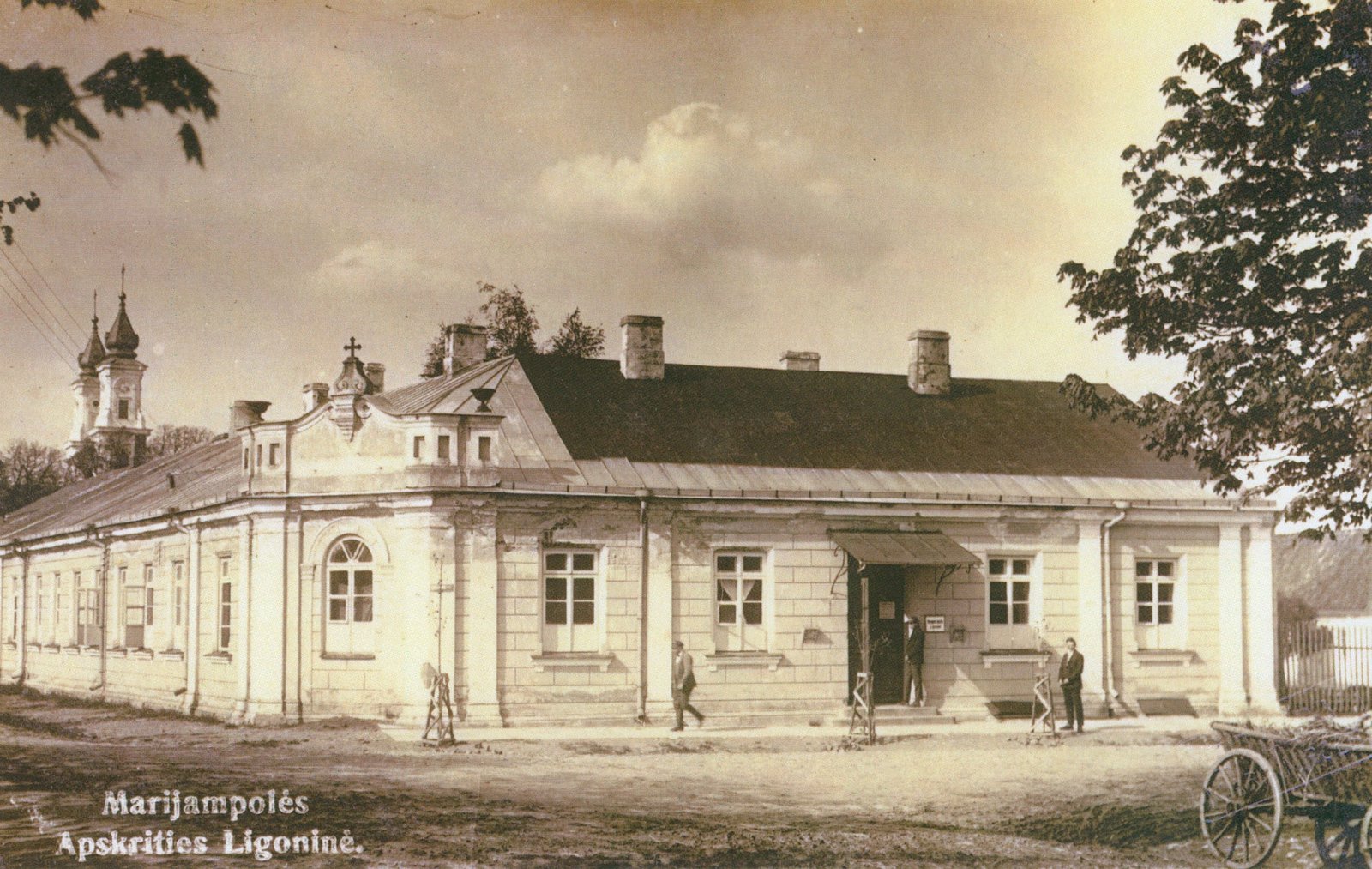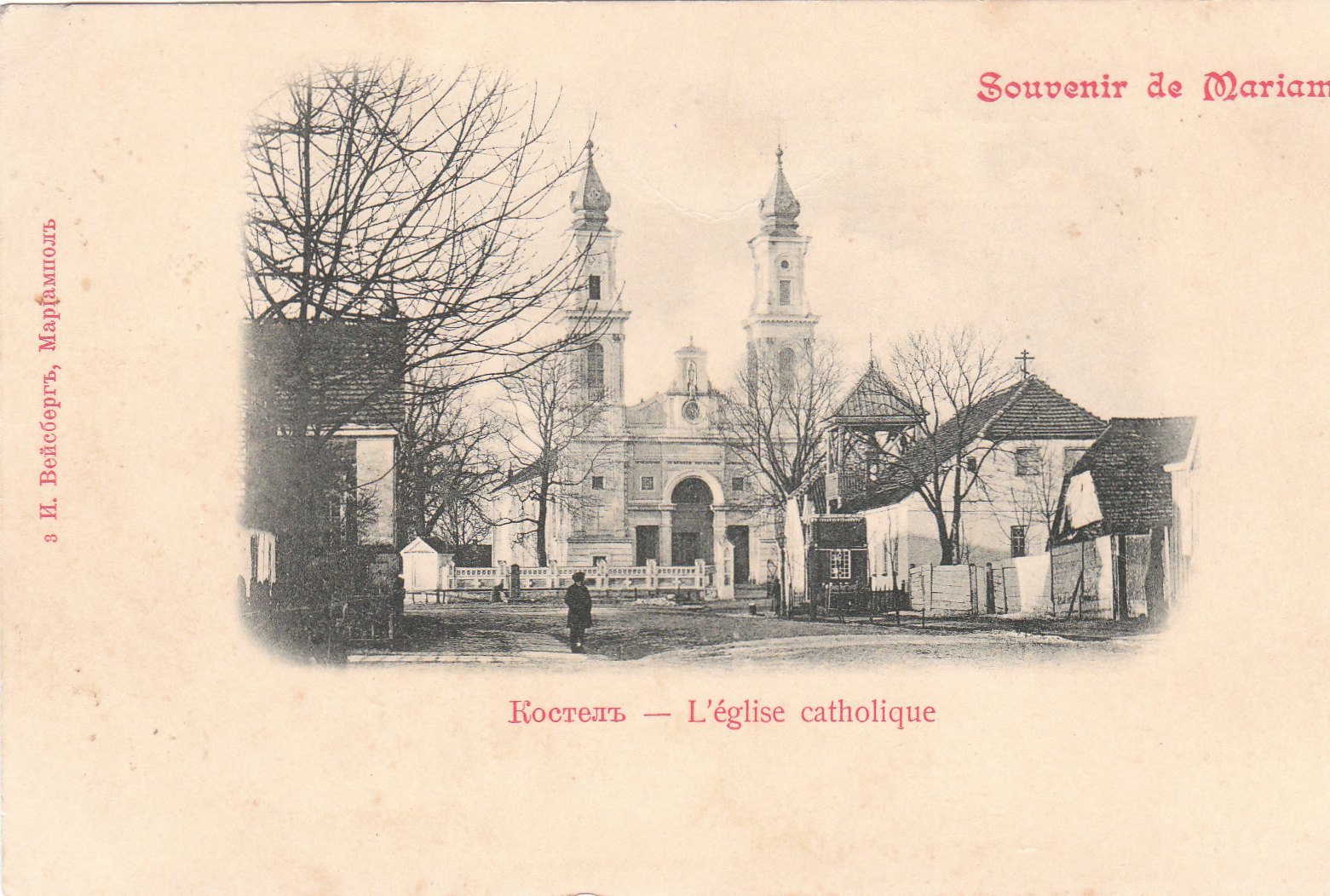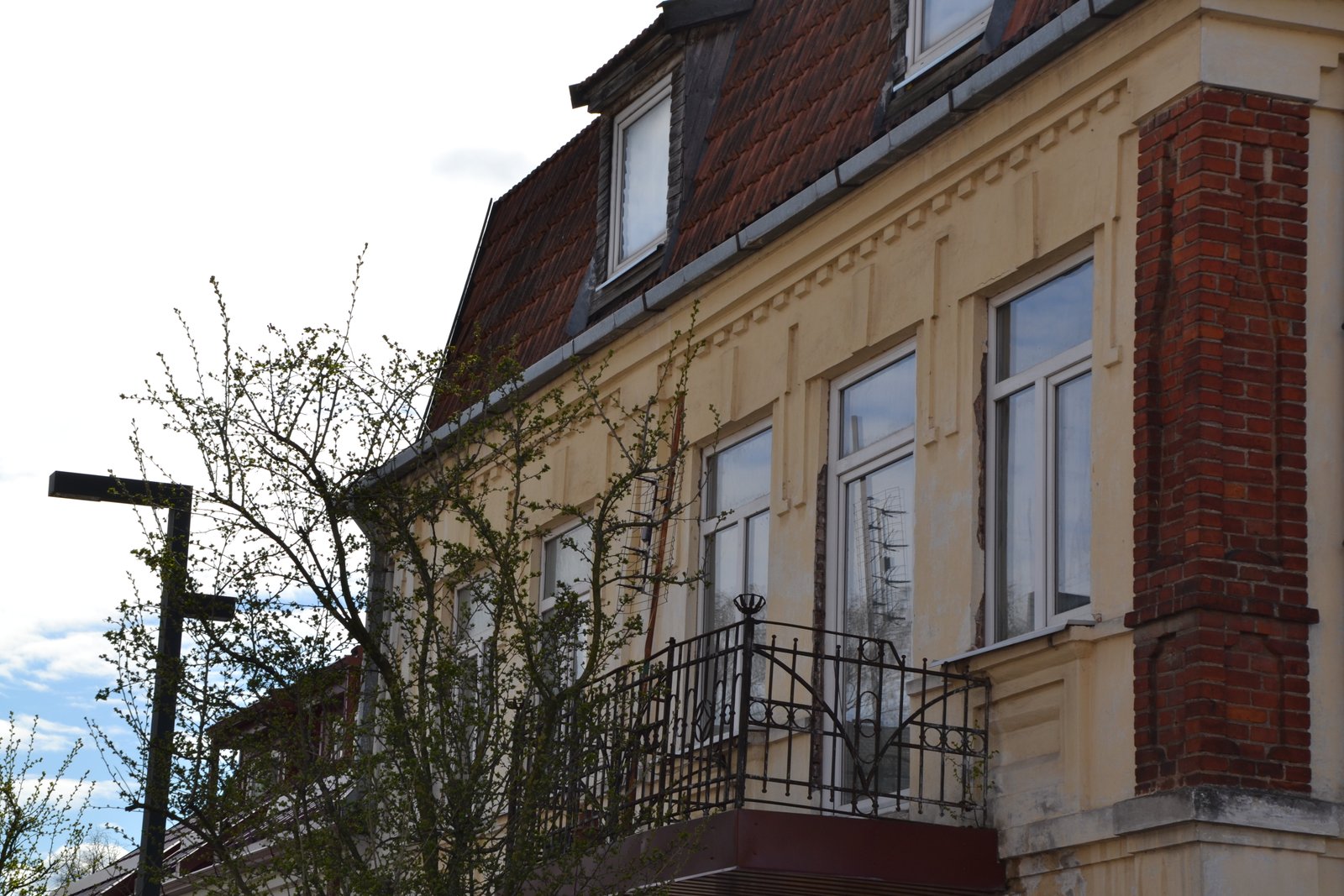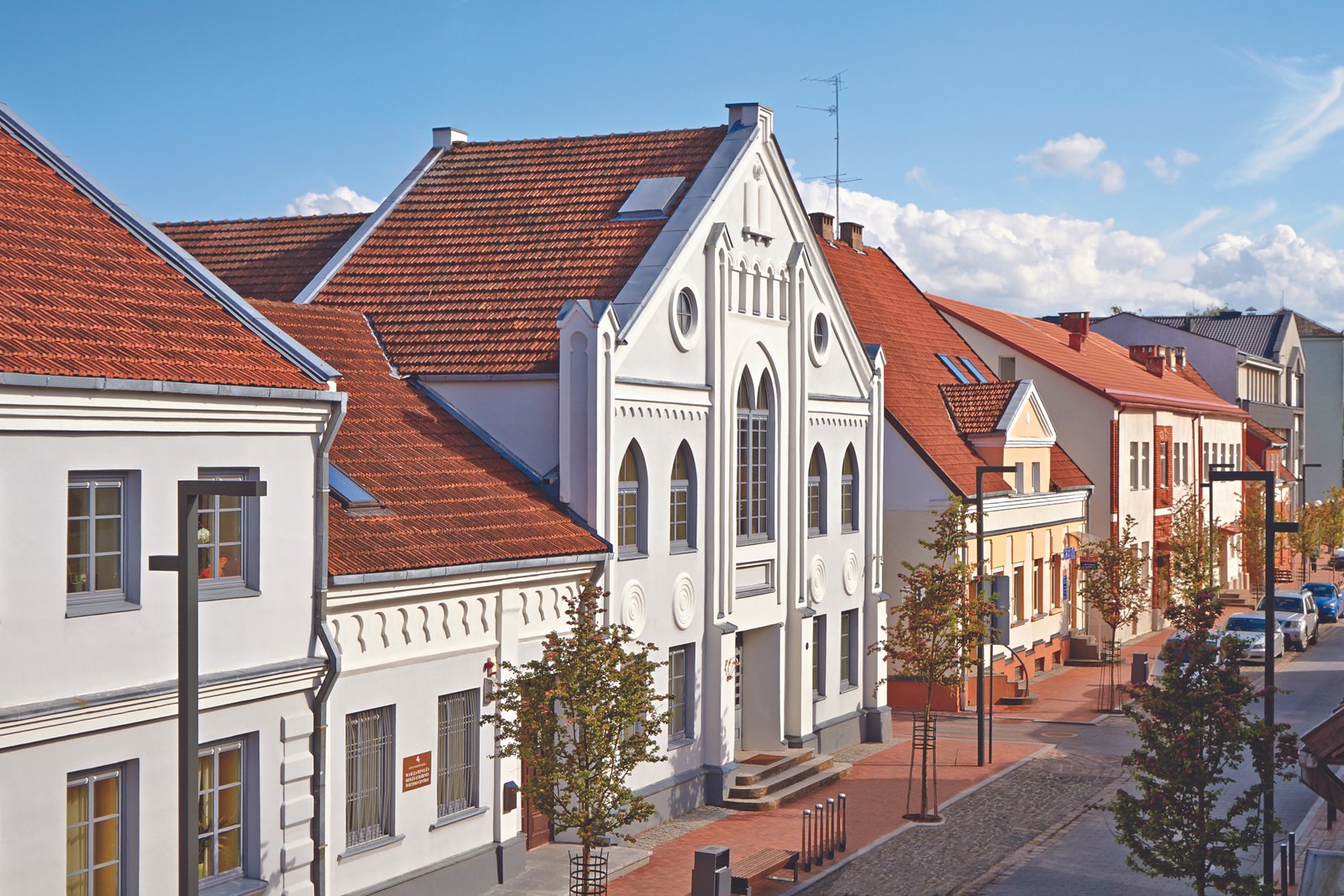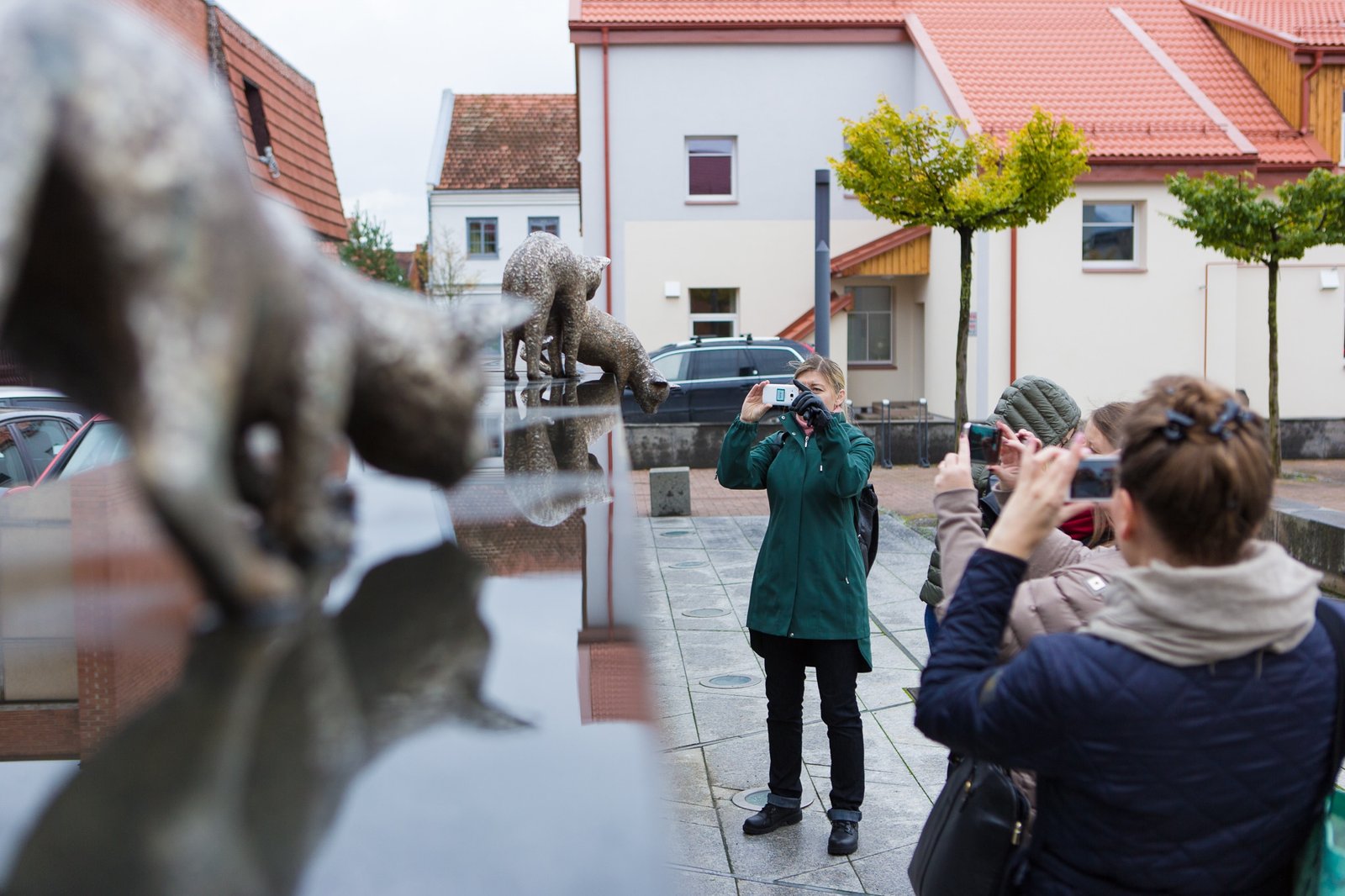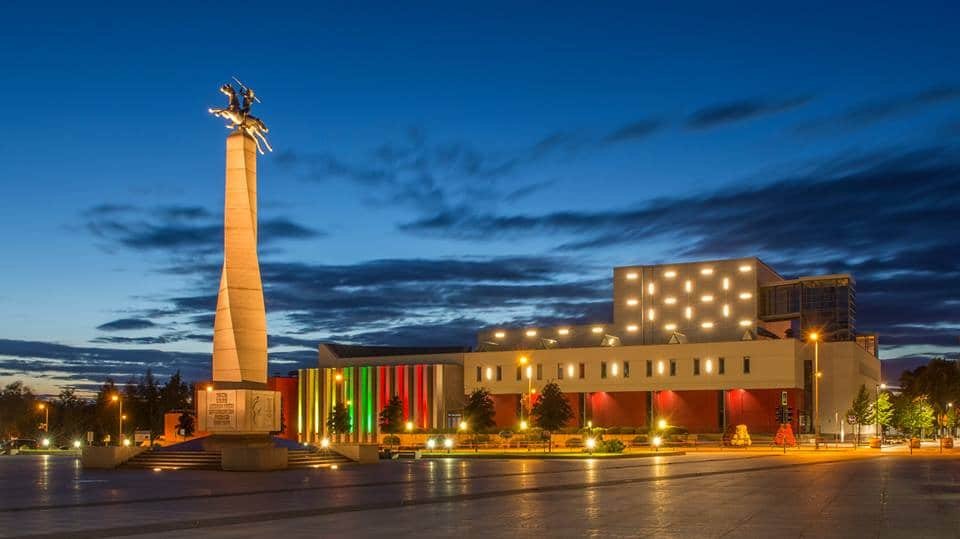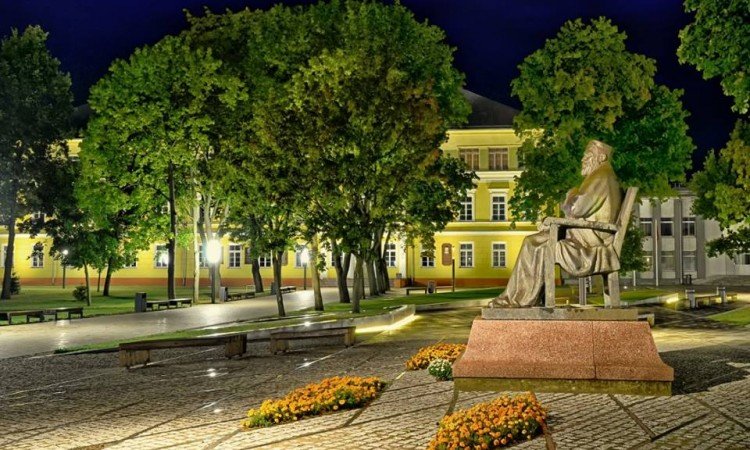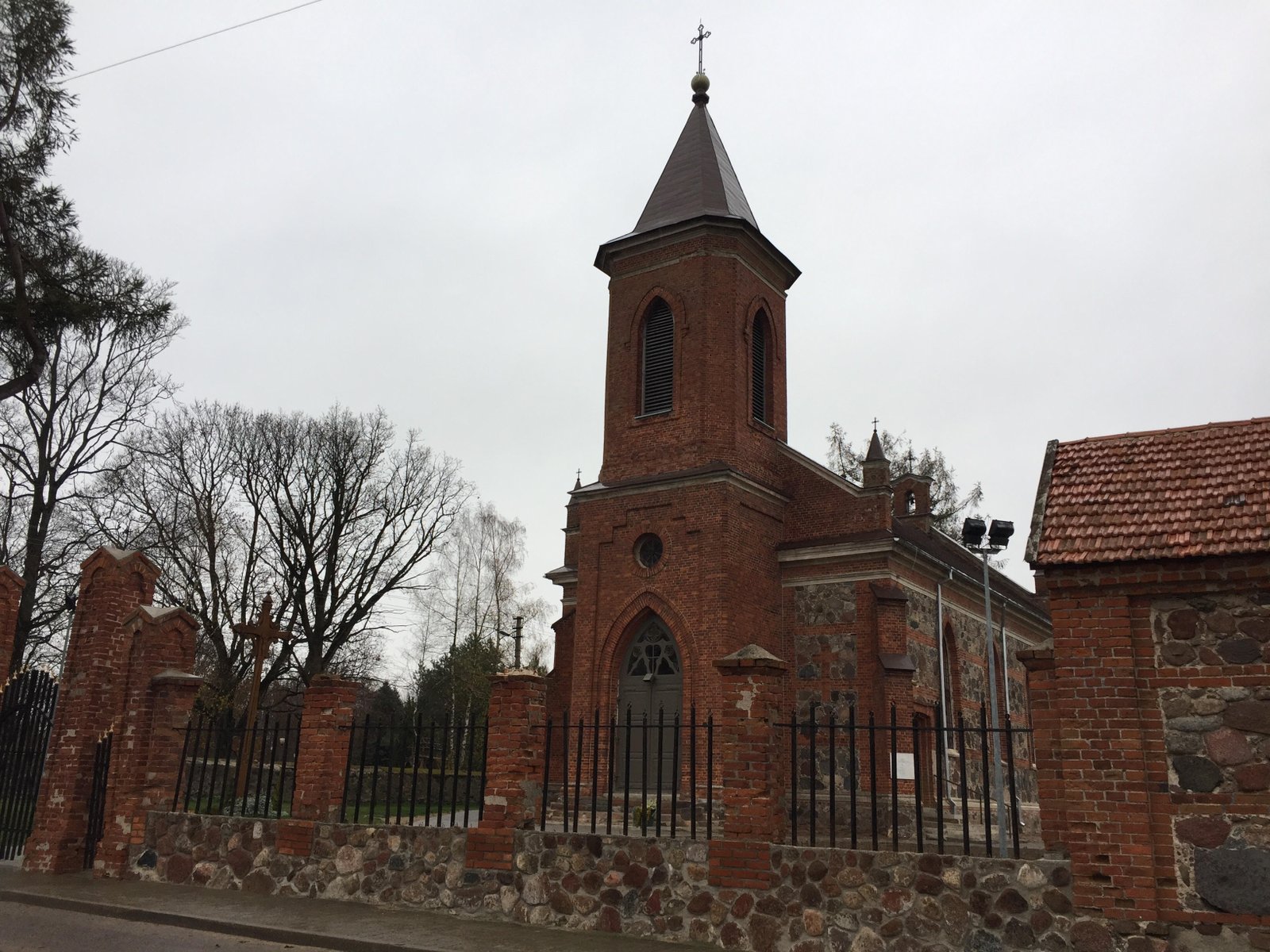St. Vincent Paulietis Church, formerly St. Peter’s Basilica Nicholas Miracleer’s clerk
This temple is associated with the miracle of Augustavas or the miracle of God‘s mother. When the first world war broke out after the first victories, the Dizzying Russian army from East Prussia was pushed back by the Germans and the Tsarist army fell into the woods of Augustavas. On September 1, 1914 (according to the old calendar), at about 11 o'clock in the evening, soldiers of the Kirasyr squad, upon hearing the movement of enemies nearby, kneeled on their knees and began to pray. Some time later, the gulls saw a bright star in the sky, which turned into a swarm of small stars from which the Mother of God appeared with the baby on her hands. She showed the direction west by hand. This view remained in the sky for half an hour, then the remote warriors successfully retreated from the surroundings. This miracle was also seen by the nearby Don Cossack Squad. After September, the first German attack on the entire front suppressed... The Holy Synod of Russia, having studied this event in 1916, recognized it as a miracle.


